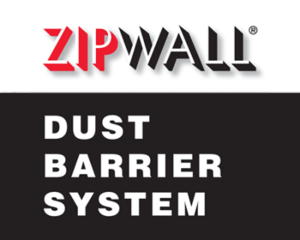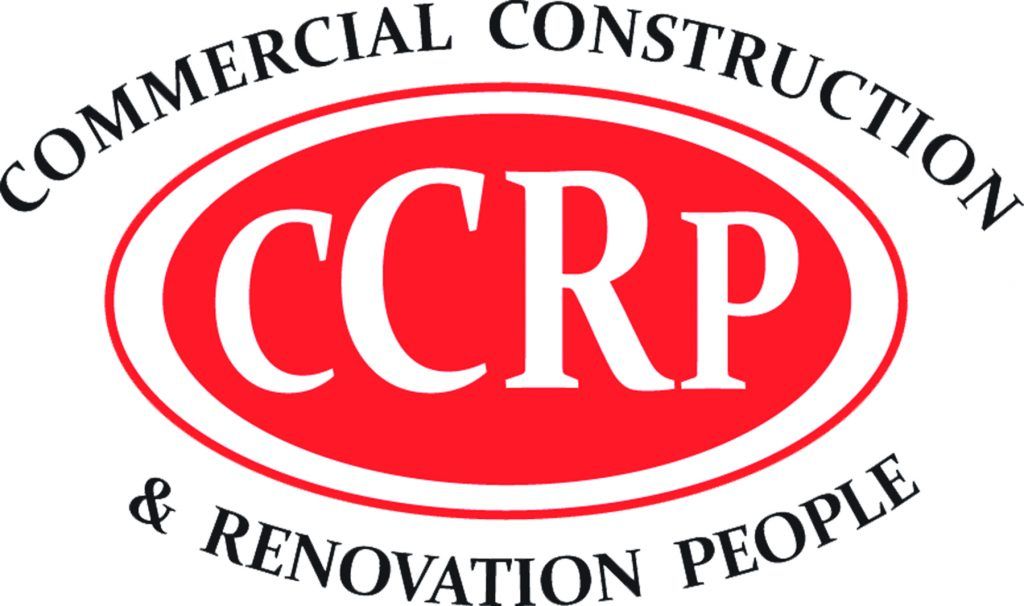Trench drains are usually used as floor drains, but they are also used as storm sewers or water pipes. However, trench drains are not always effective for proper drainage. Slots drains are built pre-sluiced and are better at draining water than trench drains. Slots drains are also easier to maintain than trench drains.
Slots drains are typically installed by excavating a hole, then filling it with concrete. The drainpipe is laid into the bottom of the hole or placed on top of the existing soil, preventing any unnecessary digging up. Slot drains can be installed without tearing up your lawn as an added benefit!
Both trench drains and slots drains have their advantages and disadvantages. This blog post will give you the seven reasons why slot drains are the preferred option.
Compact Design
Slot drains are narrow and easy to cover up with dirt, and they’re also easier to install than trench drains. Trench drains are covered with heavy grates and are much more comprehensive, and you can find durable options through providers of floor grate sydney. However, slot drains are compact and do not require any grates to cover. Hence slot drains blend into the ground seamlessly. If you are looking for an aesthetically pleasing option, go for slot drain.
Odor control
Both trench and slot drainage are responsible for a different type of odor. As trench drains have wider channels, a buildup of sediment and water may lead to a foul odor. These channels are not even sloped, so you may frequently encounter the severe problem of bad smell.
Slot drains ensure easy drainage of sediments and water and are thus responsible for any odor. Even slow drains are easy to empty, and hence, you do not experience any foul smell like trench drainage.
Cost-effective
Drainage systems should be cleaned regularly. Grates should be kept clear of debris and dirt. Cleaning drains time and money. A grated system costs more than other types of drain systems.
Drain covers prevent water from backing up into your house. With drain covers, technicians won’t need to remove them before cleaning drains. It saves money because they won’t have to hire people to do this job anymore. Drain cleaners will spend less time working than if there weren’t drain covers. You’ll save $1,664 annually by having drain covers installed.
Clean with ease
Slot drains are easier to clean than trench drains because workers can easily remove the grates and wash them without replacing them. Cleaning slots takes less time than cleaning trenches. Workers need to remove the grates from the slots and wash them, but they do not need to remove the grating from the trenches or clean them. Trench drains require more work than slot drains.
A slot drain is a plumbing fixture that allows water to flow freely but prevents large objects such as hair or dirt from entering the sink.
Sanitary
When it comes to drainage systems, the USDA and FDA require strict guidelines to be followed. Trench drain material should be kept clean and dry to avoid bacterial growth. Drainage systems should be inspected regularly to ensure that they are working correctly.
Conclusion
Trench drains are great at keeping water away from walls and floors, and they also look attractive and are very cost-effective. On the other hand, slot drains are cheaper and don’t require digging trenches. Which would you choose?
Trenches are usually dug using a backhoe or front loader, and it requires heavy machinery and a lot of workforce. Digging slots requires only a shovel and some elbow grease. There are plenty of advantages to each type of drain.
Slot drains are easier to install, especially if you want to put them under a concrete slab. However, trench drains tend to last longer and provide better drainage. If you plan to build a new house, consider installing both types of gutters.

























